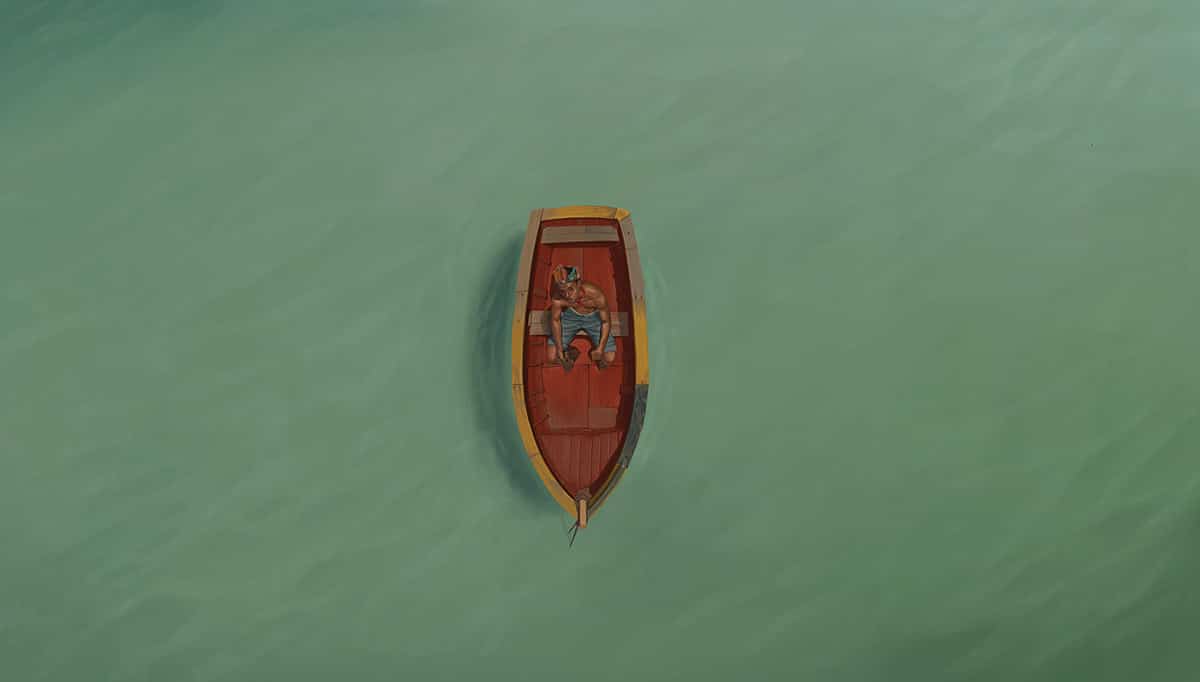By Dr Ian Bethell Bennett, The University of The Bahamas. After hurricane Irma hit Ragged Island in 2017 that island was declared uninhabitable given the loss and damage to this small island in the Southern Bahamas. The community was told it would be the first green island in The Bahamas. From this tragedy, grew an initiative to explore how we could rebuild better and retain the lifeways of the small community on Ragged Island. “Hot Water” was an exhibition under the wider project of the Double Dutch series at the National Art Gallery of The Bahamas (NAGB) in August 2018 that drew on best practices and the work and ethnographic research conducted on the ground in Ragged Island by faculty and students of the University of The Bahamas and members of the arts collective Plastico Fantástico. The work has continued on the project, yet government’s words have vanished into a boiling sea of tsunami waves. The art of living in the tropics was some of the writing derived from the research and documentary that supported the show. We find now that the art of living in the tropics has continued and needs to be a sustained topic of a dynamically changing conversation: how do we retain life in the tropics, become refugees to climate change and flee the islands we inhabit? As the sea levels rise around barely sea-level islands, we face new threats to our existence. As the climate crisis advances, which includes rising temperatures as well as more severe storms, we see the increase in hurricanes or mammoth storms that come through annually during hurricane season.
